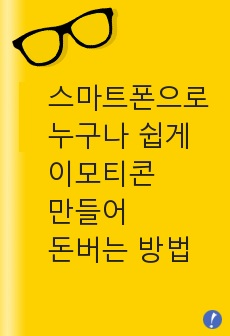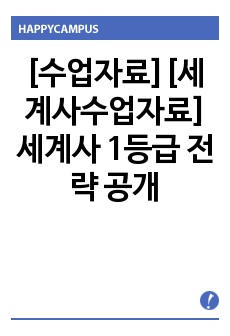유형에 따른 근전도 유발 신경근 전기자극치료가 뇌졸중 환자의 상지기능과 일상생활활동에 미치는 효과 비교: 전향적, 무작위 대조 연구
* 본 문서는 배포용으로 복사 및 편집이 불가합니다.
서지정보
ㆍ발행기관 : 대한작업치료학회
ㆍ수록지정보 : 대한작업치료학회지 / 22권 / 2호
ㆍ저자명 : 박지수, 최종배
ㆍ저자명 : 박지수, 최종배
해피캠퍼스는 구매자와 판매자 모두가 만족하는 서비스가 되도록 노력하고 있으며, 아래의 4가지 자료환불 조건을 꼭 확인해주시기 바랍니다.
| 파일오류 | 중복자료 | 저작권 없음 | 설명과 실제 내용 불일치 |
|---|---|---|---|
| 파일의 다운로드가 제대로 되지 않거나 파일형식에 맞는 프로그램으로 정상 작동하지 않는 경우 | 다른 자료와 70% 이상 내용이 일치하는 경우 (중복임을 확인할 수 있는 근거 필요함) | 인터넷의 다른 사이트, 연구기관, 학교, 서적 등의 자료를 도용한 경우 | 자료의 설명과 실제 자료의 내용이 일치하지 않는 경우 |





